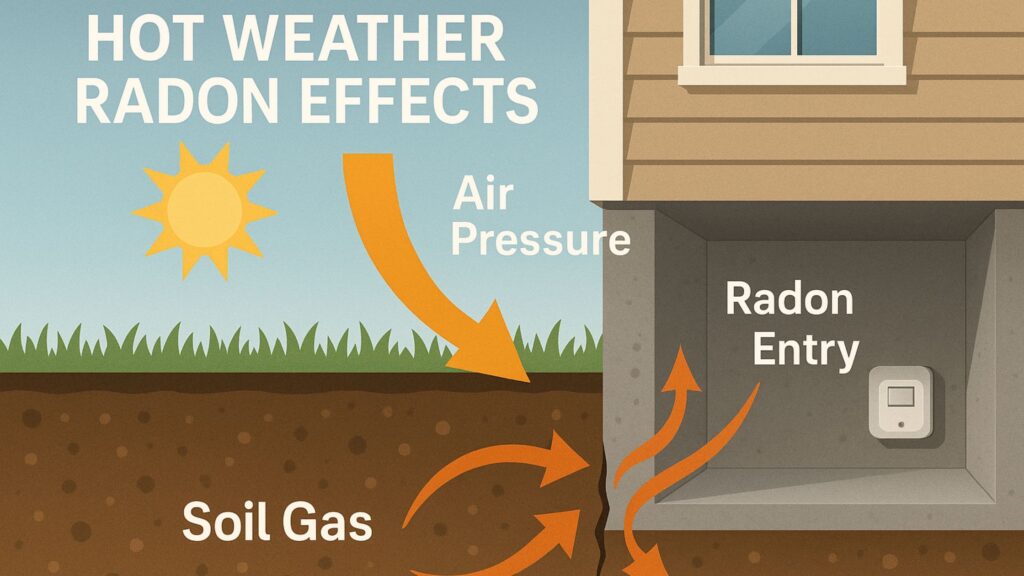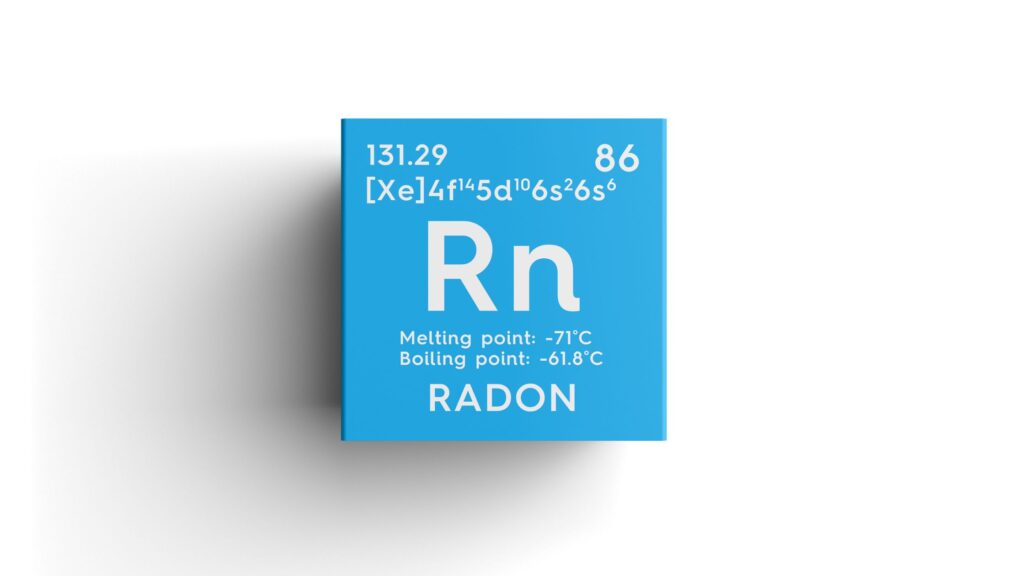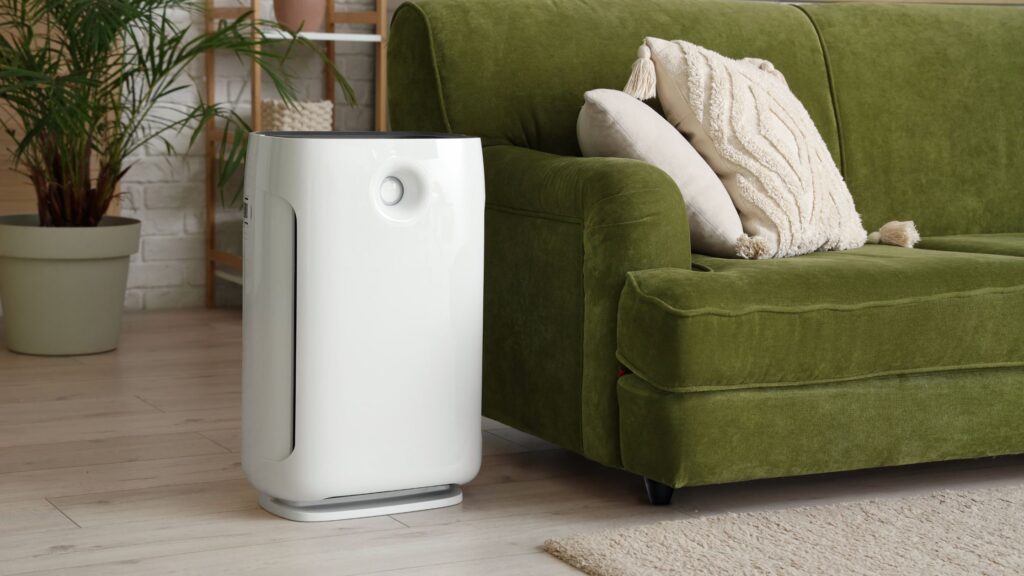Radon, an invisible and odorless radioactive gas, poses a significant health risk, being the leading cause of lung cancer among non-smokers. It naturally occurs from the breakdown of uranium in soil, rock, and water, seeping into homes through cracks in foundations, floor drains, and other openings. Fortunately, homeowners can effectively address this silent threat by installing an active radon mitigation system. This comprehensive guide explores the importance, functionality, and benefits of such a system, ensuring a safer living environment.

Radon Gas and Its Risks
Radon gas is a serious environmental hazard. It is a naturally occurring byproduct of the radioactive decay of radium found in the Earth’s crust. As radon decays, it releases radioactive particles that, when inhaled, damage lung tissue and increase the risk of lung cancer. The Environmental Protection Agency (EPA) estimates that radon causes about 21,000 lung cancer deaths each year. Consequently, understanding radon’s dangers and taking proactive steps to mitigate its presence in your home is crucial. Testing your home for radon levels is an essential first step to determine if mitigation is necessary.
What is an Active Radon Mitigation System?
An active radon mitigation system represents the most effective method for reducing indoor radon concentrations. Unlike passive systems that rely solely on natural air currents, active systems use a fan to create a continuous vacuum beneath your home’s foundation. This fan actively draws radon gas from the soil and vents it safely outside, preventing its entry into your living spaces. This proactive approach ensures a constant reduction in radon levels; therefore, many homeowners consider it an essential investment in their health.
How Does an Active Radon Mitigation System Work?
The operation of an active radon mitigation system is straightforward yet highly effective. Installers typically create a suction point, often a small hole, in your basement floor or slab. They connect a PVC pipe to this opening, extending it through the building and exhausting above the roofline. A powerful in-line fan, usually located in an unconditioned space like the attic or garage, continuously pulls air from beneath the foundation. This suction prevents radon from entering the home, creating a negative pressure field. The fan then safely expels the collected radon gas into the outdoor atmosphere, where it quickly dissipates to harmless levels. Because of its continuous operation, this system reliably keeps radon levels low.
Key Components of an Effective Active System
An optimally functioning active radon mitigation system relies on several critical components working in unison to achieve maximum radon reduction.
- First, the suction pit, created beneath the slab and vapor barrier, serves as the primary collection point for radon gas.
- Second, durable PVC piping, typically 3 or 4 inches in diameter, efficiently transports the gas from the suction pit to the exterior.
- Third, the radon fan, which serves as the core of the system, operates continuously to create the negative pressure needed to extract radon from the soil. Installers carefully select this fan based on your home’s foundation and soil conditions to ensure optimal airflow and energy efficiency.
- Finally, expert sealing of all cracks, openings, and penetrations in the foundation (e.g., around pipes, sumps, and floor-to-wall joints) significantly enhances the system’s effectiveness by preventing radon entry and concentrating the fan’s suction.
Properly designed and installed, these components collectively form a strong defense against radon intrusion.

Benefits of Installing an Active Radon Mitigation System
Installing an active radon mitigation system offers numerous significant benefits beyond just reducing radon levels.
- Primarily, it significantly decreases your family’s exposure to a known carcinogen, thereby lowering the risk of lung cancer.
- Furthermore, it improves indoor air quality by constantly ventilating the sub-slab area, which can also help reduce other soil gases and moisture. An installed system can also increase your home’s resale value, as it demonstrates a commitment to health and safety, often appealing to potential buyers.
- Moreover, many states and localities offer incentives or require radon mitigation for certain transactions, adding to its practical advantages.
Cost Considerations for an Active Radon Mitigation System
While the health benefits of an active radon mitigation system are undeniable, it’s also important to understand the associated costs to plan effectively. The cost of installation typically ranges between $800 and $2,500, depending on several factors including home size, foundation type, local labor rates, and system complexity. Key cost influencers include:
a) Foundation Design
Homes with basements or crawlspaces often require more labor-intensive installation.
b) Radon Levels
Higher radon concentrations may necessitate larger fans or multiple suction points.
c) Material & Equipment Quality
Higher-grade fans, noise-reducing components, and aesthetic pipe routing may increase costs.
d) Local Regulations
Certain states or municipalities may require permits or specific system specifications, impacting the overall price.
e) Professional Expertise
Hiring a certified and experienced mitigation professional may cost more upfront, but it ensures long-term system reliability and performance.
It’s wise to obtain multiple quotes from certified radon mitigation contractors to compare services and pricing. While cost is a consideration, cutting corners can compromise system effectiveness and safety. Many homeowners find the long-term health benefits and added home value far outweigh the initial investment.

Conclusion: Ensuring a Radon-Free Home
Protecting your home and family from radon gas is a critical health decision. An active radon mitigation system offers a robust and reliable solution, effectively reducing indoor radon levels to safe concentrations. By understanding its operation, recognizing its benefits, and entrusting its installation to certified professionals, homeowners can achieve lasting peace of mind. For comprehensive radon testing and mitigation services, including waterborne radon treatment and air purification systems, consider reaching out to Des Moines Radon. They provide expert solutions to ensure your living environment remains safe and radon-free. Also learn more about the best radon mitigation systems here.





